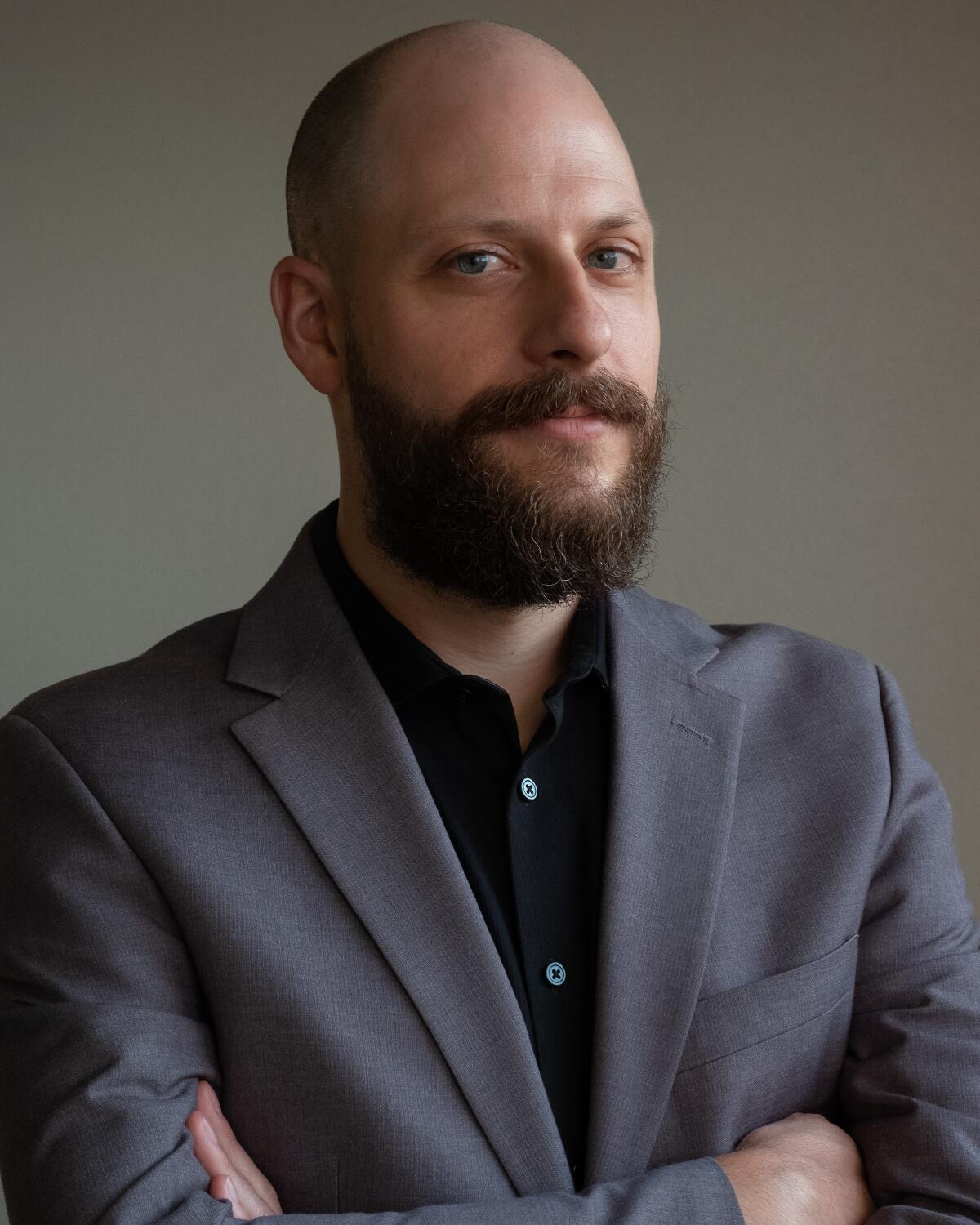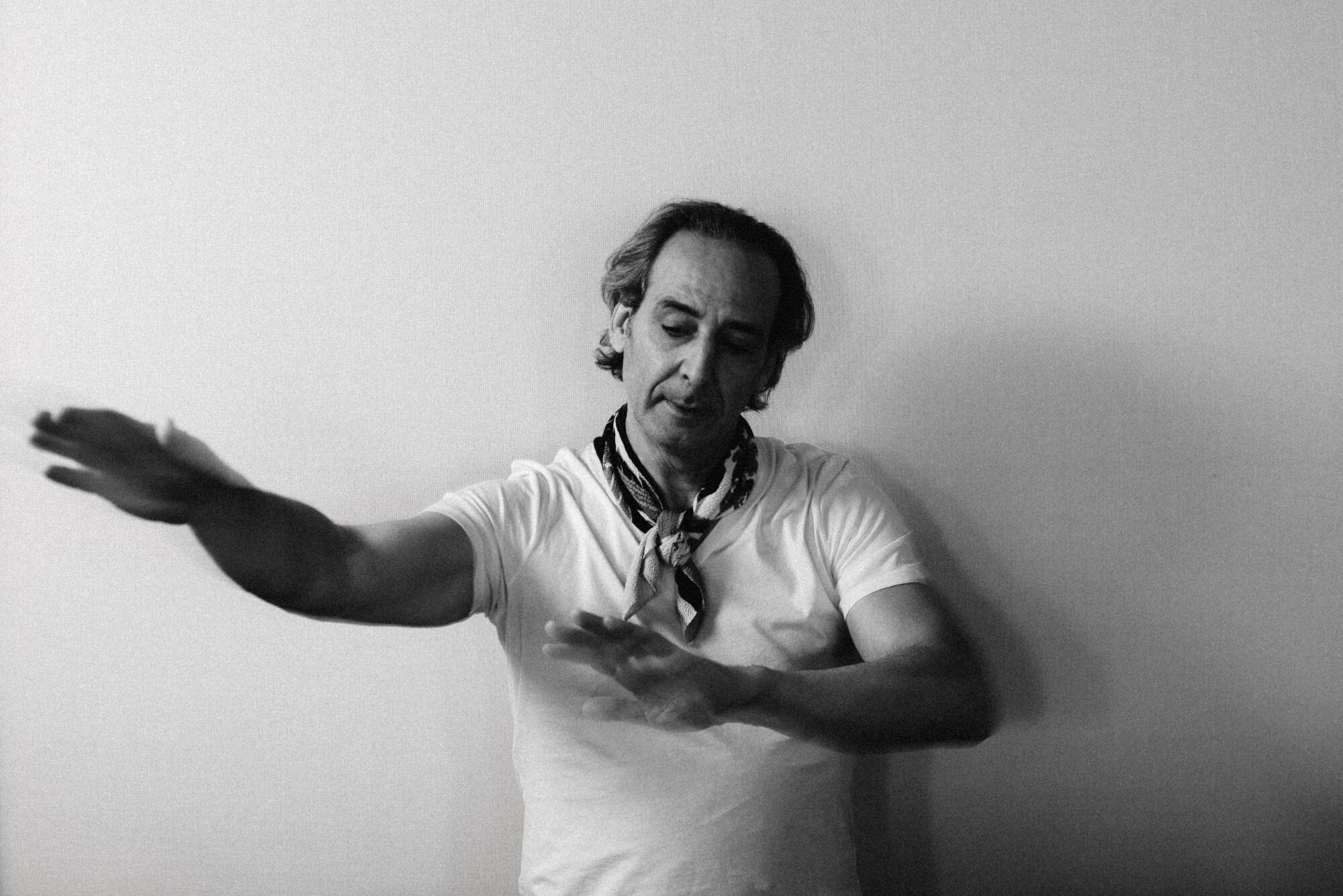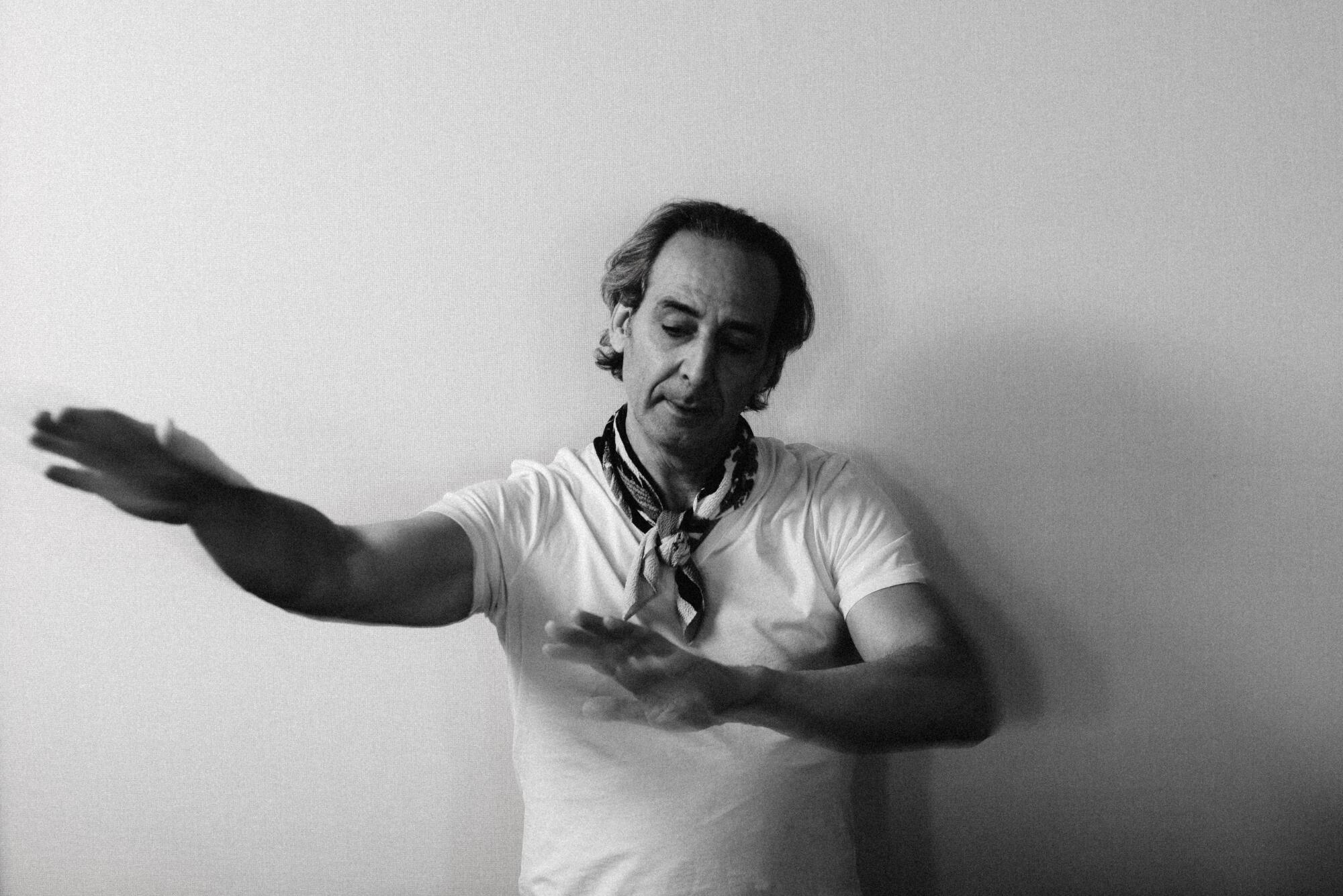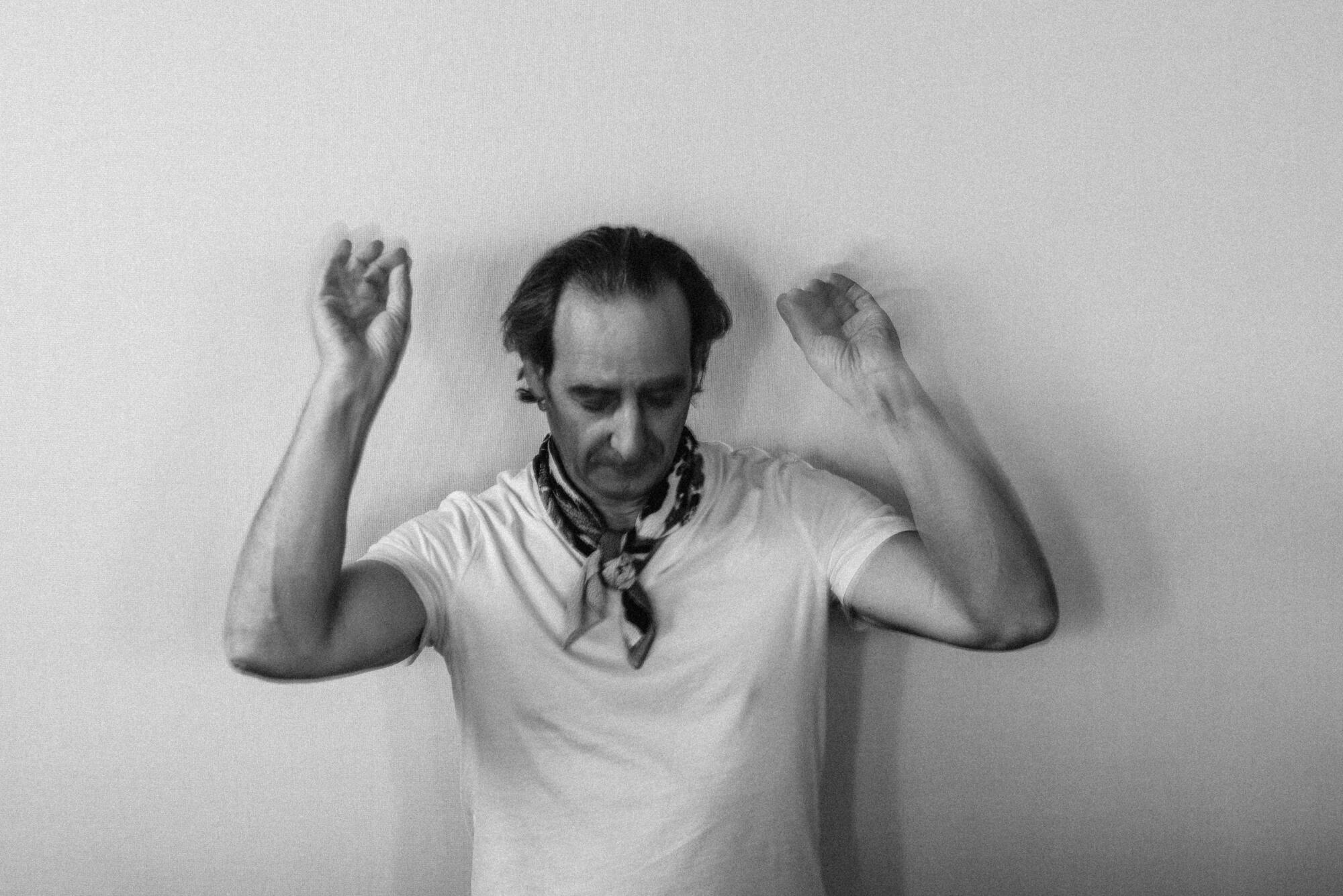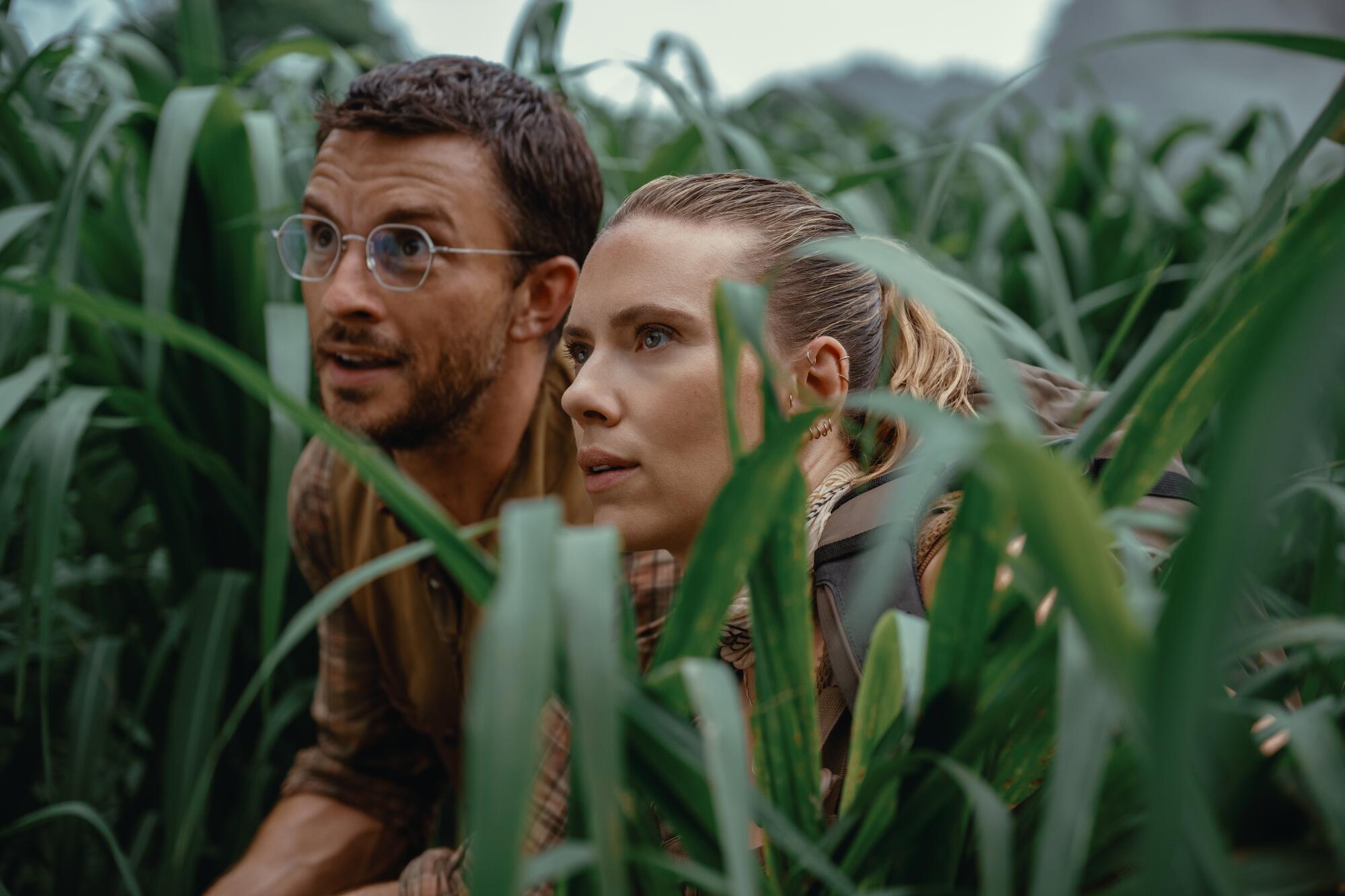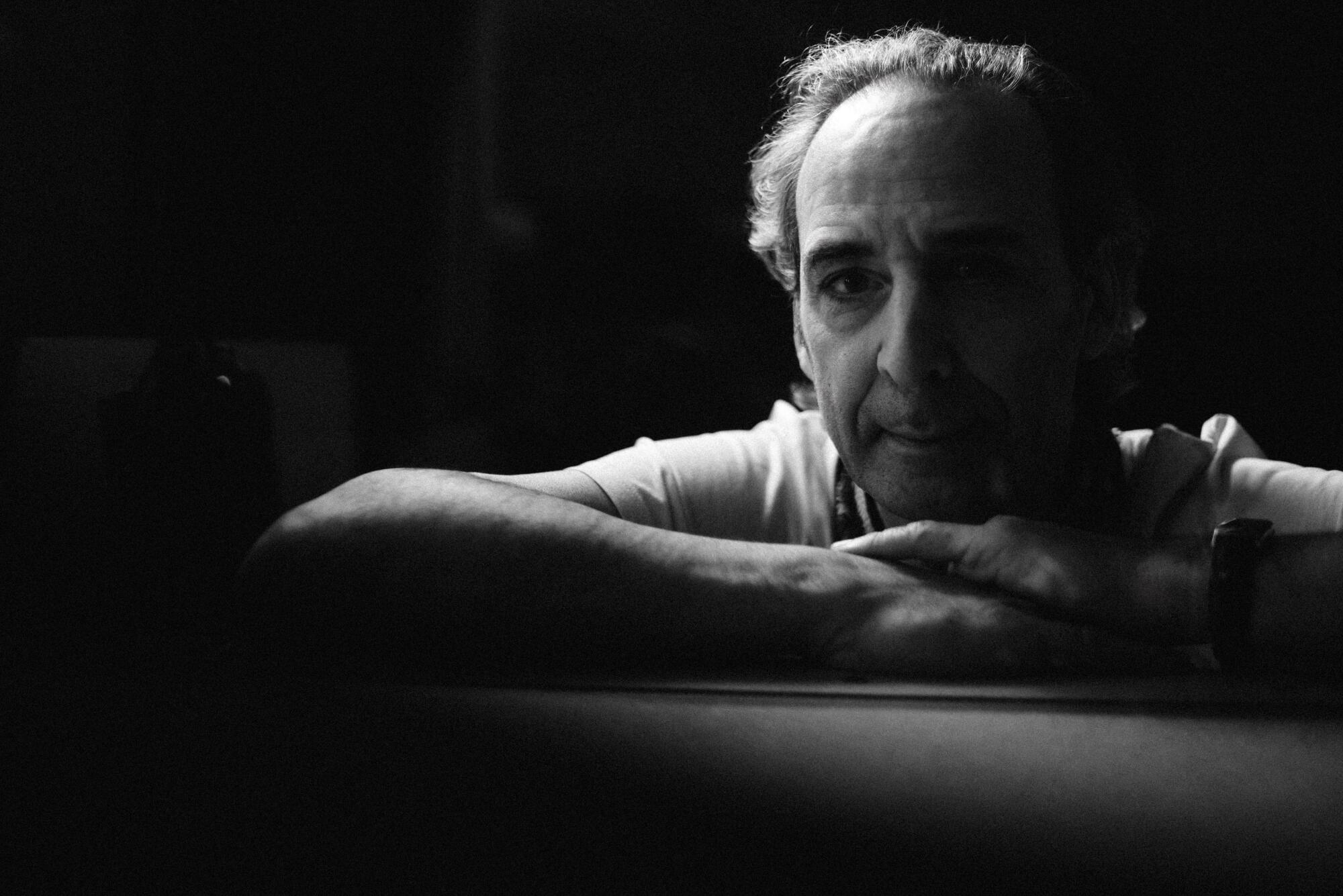Kobe Bryant and John Williams’ friendship examined in new book
On the Shelf
John Williams: A Composer’s Life
By Tim Greiving
Oxford University Press: 640 pages, $40
If you buy books linked on our site, The Times may earn a commission from Bookshop.org, whose fees support independent bookstores.
Only John Williams could have put me in the orbit of one of history’s most famous basketball players. Kobe Bryant, like so many others, was a huge fan of Williams’ music; he befriended and sought out the composer for career advice and, when he made his post-athletic pivot to filmmaking, hired Williams to compose a short score.
And because I cover film music for a living, I was able to interview Bryant — along with Williams and Disney animation legend Glen Keane — for The Times in the spring of 2017. I even got to meet Bryant in person, backstage at the Hollywood Bowl, when he rehearsed his narration of “Dear Basketball” at an all-Williams concert. It was an obscenely hot day, and I waited outside Bryant’s dressing room while they finished drying his sweat-soaked shirt with a hair dryer before he came out and cheerfully shook my hand.
I gave Bryant and “Dear Basketball” a fair amount of real estate in my new book, “John Williams: A Composer’s Life,” not because of his fame or athletic prowess, but because I feel that his short film inspired one of Williams’ most beautiful works of the last decade, and also because there was something poetic and moving about the whole affair, and about saying goodbye to the thing you love the most — especially as the film became a kind of eulogy for Bryant after his untimely death in 2020.
[The below excerpt is from Tim Greiving’s “John Williams: A Composer’s Life,” out Sept. 2. Greiving is a frequent contributor to The Times.]
Tim Greiving
(Laura Hinely)
Kobe Bryant, the 18-time NBA All-Star, was an unexpected admirer of John’s music: as a boy, Bryant would tie a towel around his neck and run around to the theme of Superman; as a player, he used the Imperial March to hype himself up before games; and as a father, he would rock his infant daughters to sleep on his chest listening to Hedwig’s Theme. The six-foot-six athlete from Philly could hardly have been less like John, but he recognized mastery when he heard it. “I asked myself a question,” Bryant said: “What makes a John Williams piece timeless? How is he using each instrument? How is he using the space between them? How is he building momentum, and then how is he taking it away to build it again?” As a basketball player, Bryant said he was “essentially conducting a game,” “so I just wanted to talk to him about how he composed music and try to find something similar that I can then use to help my game as a leader and winning championships.”
Bryant first contacted John for counsel just before the 2008 NBA season. “The first thing I told Kobe was, I’d never seen a basketball game,” John confessed. “High school, college, professional, or television. And of course he laughed.” “But once I had told him my reason for reaching out to him,” Bryant said, “he saw the connection immediately…If we look in our same industry and we just look at things from that funnel, then you wind up essentially recycling information. So sometimes you look outside of that discipline to have a new point of view, a new perspective on it. [John] was digging it.”
They continued to see each other over the years, with Bryant often visiting John backstage after shows at the Hollywood Bowl. When Bryant retired from basketball in 2016, he turned his attention to entertainment. He wrote a sentimental open letter, “Dear Basketball,” as a retirement announcement, and one of his first post-game projects was turning that text into a short film. He wanted it crafted by undisputed masters of their fields, so he commissioned Disney animation veteran Glen Keane— who designed and animated Ariel in The Little Mermaid, among other achievements— and he asked John to write the score. The first thing John said to Bryant was, “I do classical pieces, and it’s all by hand,” almost as a warning. Bryant answered: “The piece will be hand-animated by Glen Keane, who is you in the animation space. I want it to have the human touch. I don’t want it to be poppy, I don’t want it to be hip-hoppy. I want timeless, classical music.”
Somehow, these three disparate artists—with two decades between each of them—hit it off. Keane was an avid fan of Lost in Space growing up in the 1960s, and when he told John how much he loved the music, John was completely embarrassed. “But it’s wonderful, John!” Keane said. “It held the promise of wonder and excitement and fun and quirky and scary and dangerous, and it was all in this one score. And John— the roots of your entire career are in that score.” Keane asked if he could play some of the old music. John said, “No, please don’t!” “No, I really gotta play it for you,” Keane insisted. “So I did.” The unlikely trio sat around a table in Keane’s office “and we just talked,” said Bryant. “John talked about how [the letter] made him feel, Glen how it makes him feel, and we all centered on the same thing, which is why I wrote it in the first place: the beauty of finding what it is that you love to do, and then finding the beauty of knowing that you will not be able to do that forever. Once they saw the nature of the piece, there was really nothing else to discuss.”
(Oxford University Press )
Keane illustrated the five-minute film with graphite on paper, depicting the arc of Bryant’s letter— from young Kobe tossing rolled-up tube socks, to NBA glory, to retiring at 37. John was equally inspired by Bryant’s childlike enthusiasm and Keane’s artisanal process. “The drawings have great fluidity and, in the best sense of the word, great simplicity,” John said. “They really are gorgeous, not only to look at, but rhythmically they’re fabulous.” Keane always animated while listening to music, and for this story it was selections from Empire of the Sun. John used that score as a reference point, but initially he wrote something that was too big, “and he went back and he rewrote it for something that was more understated,” said Keane, “in a similar way that Kobe’s delivery, his narration, is very personal, uninflected, not trying to sell anything. More like revealing. Kobe’s got a very quiet voice, and that also had a big impact in how we animated.”
John took a short break from The Last Jedi and spent two weeks in March 2017 to write and record this short piece—a gift for Bryant. When the towering baller arrived at the Sony scoring stage, John said: “I hope that you like what I’ve written.” Bryant just looked at John and said, “I feel pretty confident that it’s going to be just fine.” When Bryant heard John’s piece for the very first time, emanating from a symphony orchestra, “Oh my God,” he said. “I almost lost my mind. As soon as his hands went up and then the music started, I almost yelled out loud— but I had to remember that the red light was on and we’re recording… It was the most unreal experience I could ever have.” Bryant looked over “and just put his head on my shoulder,” said Keane, “like, ‘I can’t believe it.’ It was so beautiful. Then when it was done, John turned to us and said, ‘I promise it’s going to get better.’”
It was one of the simplest, yet most inspired pieces John wrote during this decade: a brief journey taken by a humble, hummable tune that bottled a young boy’s guileless dreams and aspiration for greatness and glory. His hymnal theme begins as a gentle woodwind duet, which is passed to strings and then accelerates into soaring triumph to accompany Bryant’s heyday. Then it grows small again, a lonely keyboard wandering a broken chord as Bryant’s voiceover admits that his body can only play for so long. John’s knack for noble flying music closes the loop, with heraldic horns and rolling timpani connecting Bryant’s story to his music for American heroism— concluding with a bittersweet reprise of the theme on piano and an uplifting coda as the credits roll. Like the letter itself, the score is part valentine, part elegy—and John put his heart into it. He premiered it at the Hollywood Bowl in September, and Bryant surprised the audience by joining John onstage to narrate. The short film won an Oscar in March 2018—and then very shortly afterward, it became a poignant eulogy for Bryant when he died, age 41, in a helicopter crash on a foggy Sunday morning in Calabasas that also killed his 13-year-old daughter, Gianna. John’s wistful, symphonic poem suddenly took on a new shade. “It is elegiac, but it isn’t weepy,” John said of the film when he first scored it, never imagining the sudden tragic fate of his young friend.
It strikes its own manner of saluting the man and the game and the accomplishments with a lot of modesty, I think. It’s very touching, and in the end that may be its highest achievement, that it’s able to praise this man the way it does, without a lot of false vanity or hubris that could easily have spilled into it. That’s my take on it in any case.
